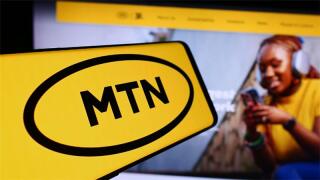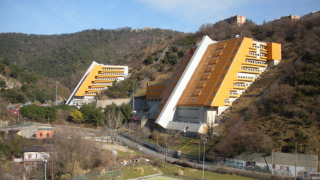WIOCC, which is the main name in the consortium behind the EASSy cable, said the deal will enable its customers to connect to countries where it lacks coverage by gaining access to the Global Crossing Tier 1 MPLS network.
“Our 30% stake in the EASSy cable system, which has landing stations from South Africa to Port Sudan, gives us extensive reach along Africa’s eastern seaboard, and our onward connectivity to Europe and beyond is provided through multiple interconnect points with east Africa and Europe,” said Chris Wood, CEO at WIOCC. “With this new agreement in place, we now have the capability to extend our reach to even more points on the globe.”
Mike Last, director of business development and international marketing at WIOCC, revealed the company’s relationship with Global Crossing has developed for years, while many of its other international partnerships were established at ITW 2010. “This deal partly relates to our specific relationship with the company and partly to where they can take us in terms of connectivity,” said Last.
The EASSy submarine cable spans 10,000km across the east coast of Africa and now runs at 4.72Tbps after doubling its lit capacity earlier this year. The cable also upgraded its wavelength technology to 40Gbps, outlining the demand for increased connectivity in the region. “The growth potential in Africa is clear,” said Last. “We are even putting forward the next upgrade to the system because the demand is higher than expected, and we are going to do more with this cable than originally expected. Because the submarine cables have now arrived, more cost effective bandwidth is available which has driven the deployment of terrestrial fibre, resulting in the increased sale of access devices.”
In a separate deal, African submarine cable operators Main One and SEACOM have interconnected their respective systems to provide capacity services between east and west coasts of the continent.
“While efforts to implement a physical cable between Nigeria and South Africa continue, we have joined our cables together in Europe to satisfy many of our customer’s immediate requirements for capacity between Nigeria and South Africa,” said Funke Opeke, CEO at Main One.
“We hold the view that a ring type system around the entire continent is the best way to at tain adequate redundancy while offering customers a comprehensive connectivity solution,” said Brian Herlihy, CEO at SEACOM. “This shows our determination to find a viable way to extend our system with partners who share our vision to build the African internet.”
Submarine cable provider Main One has partnered also with Global Crossing to extend its global footprint and expand connectivity.




